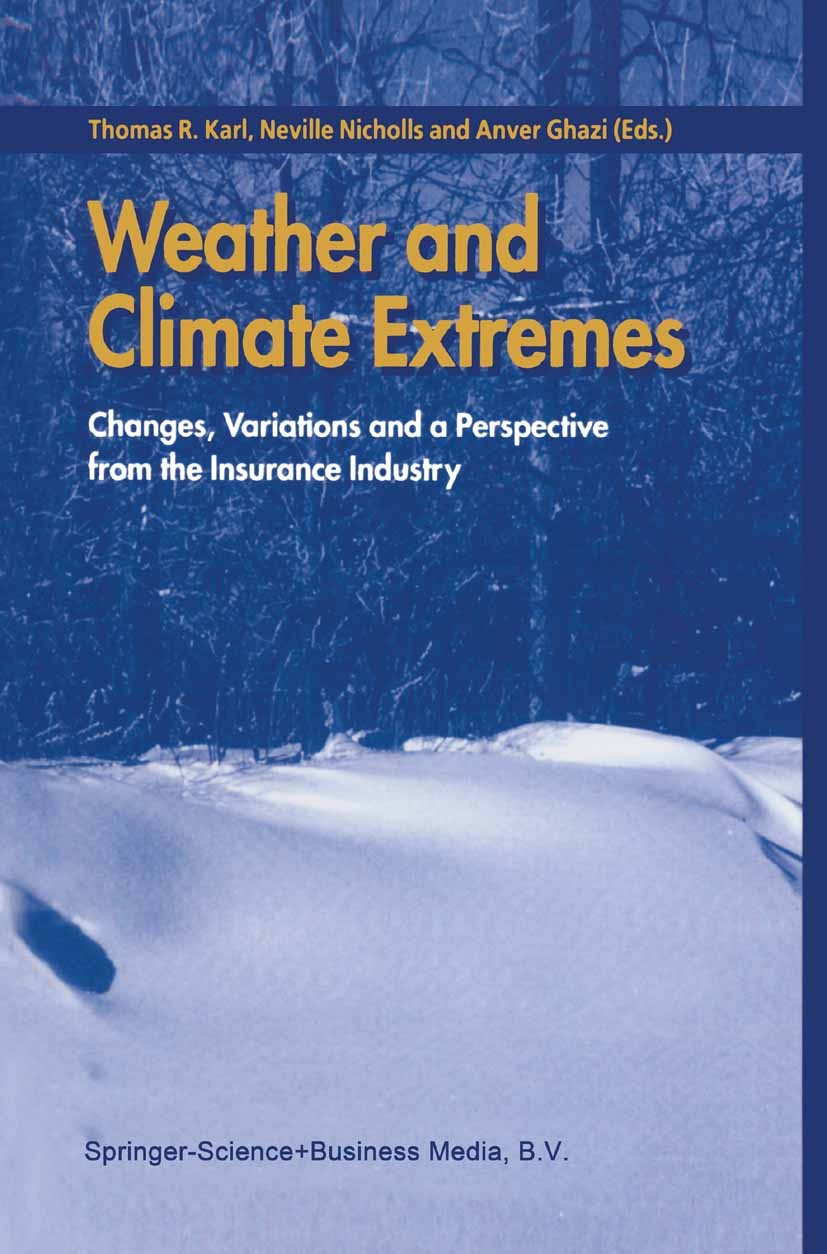基于气候时间序列的设计寿命水平非平稳性和不确定性的综合
IF 6.9
1区 地球科学
Q1 METEOROLOGY & ATMOSPHERIC SCIENCES
引用次数: 0
摘要
这项工作的重点是推断非平稳条件下极端事件的设计寿命水平。它的目标是双重的。第一种方法是提供一个单一的指标,该指标总结了时间序列中大值的相关和可解释的信息,即使不能假设平稳性。经典的风险指标,如100年回报水平,在非平稳框架下变得难以解释。为了解决这个问题,我们利用了等效可靠性(ER)级别的现有概念。在平稳性条件下,ER水平与经典回归水平一致,反之则不同。更准确地说,ER水平确保在指定设计期间所有观测值低于ER水平的概率得到控制。这个定义确保了在安全或故障风险方面的可解释性。第二个目标是捕获随机和估计不确定性,这是任何风险分析中的一个关键方面,因为推理方案的不确定性可能会以极端强度增长。我们通过使用贝叶斯预测分布将两者结合起来。虽然在贝叶斯统计中很有名,但预测分布很少应用于气候时间序列风险分析。本文章由计算机程序翻译,如有差异,请以英文原文为准。
Integrating non-stationarity and uncertainty in design life levels based on climatological time series
This work focuses on inferring design life levels for extreme events under non-stationary conditions. Its objectives are twofold. The first one is to provide a single indicator that summarizes relevant and interpretable information about large values in time series, even when stationarity cannot be assumed. Classical risk indicators such as the 100-year return level become difficult to interpret in a non-stationary framework. To address this, we leverage the existing concept of the equivalent reliability (ER) level. Under stationarity, the ER level coincides with the classical return level, but it differs otherwise. More precisely, the ER level ensures that the probability of having all observations below the ER level during a specified design period is controlled. This definition ensures interpretability in terms of safety or failure risk. A second objective is to capture stochastic and estimation uncertainty, a key aspect in any risk analysis, as uncertainties due to inference schemes can grow with extreme intensities. We incorporate both by using the Bayesian predictive distribution. Although well known in Bayesian statistics, the predictive distribution has rarely been applied to climatological time series risk analysis.
Our approach is demonstrated on simulated data and on a case study of annual maxima of temperatures at a site in Southern France. To do so, a non-stationary Bayesian hierarchical extreme value model is used to combine data from 26 CMIP6 general circulation model simulations (SSP2-4.5, 1850-2100) with observations. The resulting predictive ER levels clearly indicate that non-stationarity over a design period of interest, as well as sampling and estimation uncertainty, have to be taken into account for risk assessment. For example, the 1000-year posterior predictive ER level for 2050-2100 is higher than any non-stationary 1000-year return level median estimate over the same period, reflecting the increasing risk due to the non-stationarity of the SSP 2-4.5 pathway.
求助全文
通过发布文献求助,成功后即可免费获取论文全文。
去求助
来源期刊

Weather and Climate Extremes
Earth and Planetary Sciences-Atmospheric Science
CiteScore
11.00
自引率
7.50%
发文量
102
审稿时长
33 weeks
期刊介绍:
Weather and Climate Extremes
Target Audience:
Academics
Decision makers
International development agencies
Non-governmental organizations (NGOs)
Civil society
Focus Areas:
Research in weather and climate extremes
Monitoring and early warning systems
Assessment of vulnerability and impacts
Developing and implementing intervention policies
Effective risk management and adaptation practices
Engagement of local communities in adopting coping strategies
Information and communication strategies tailored to local and regional needs and circumstances
 求助内容:
求助内容: 应助结果提醒方式:
应助结果提醒方式:


